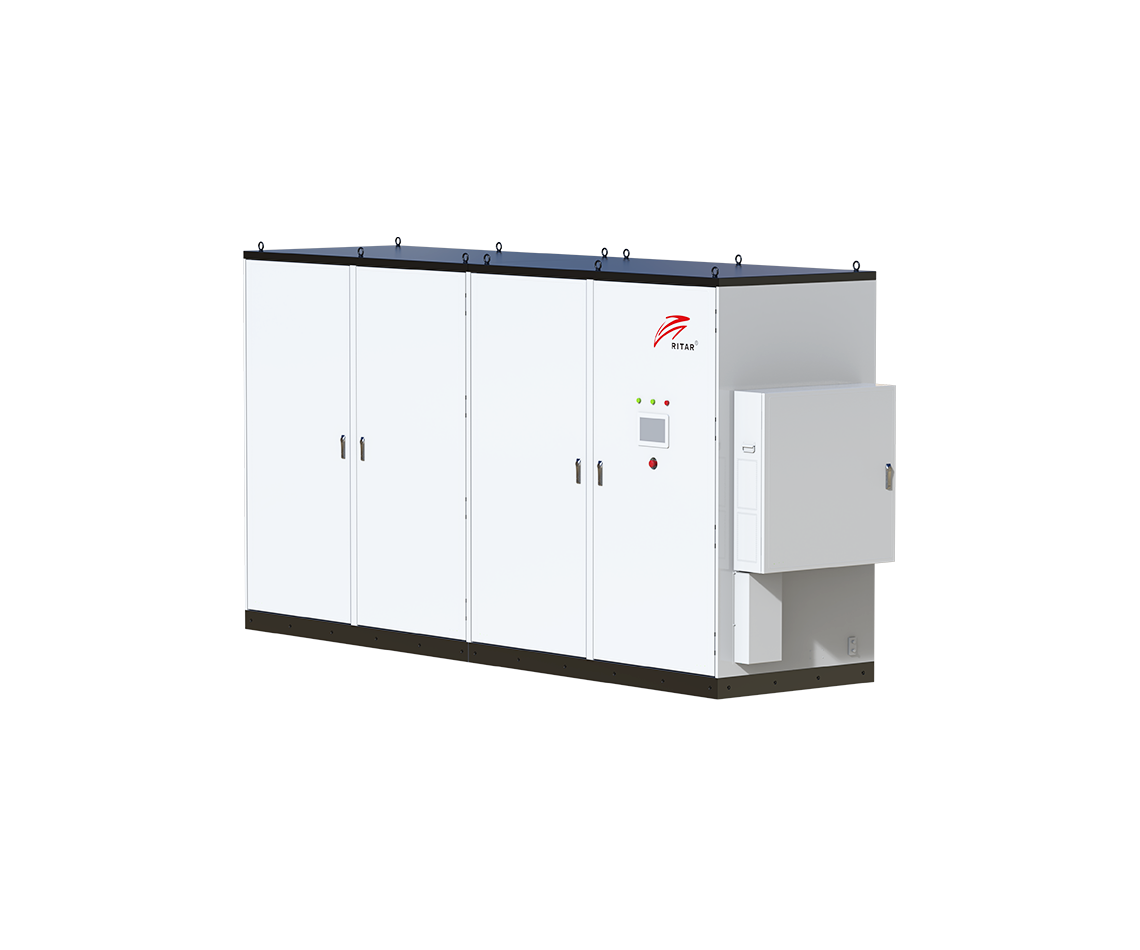What issues should be noted when storing lithium batteries
Lithium ion batteries rely on the movement of lithium ions between electrodes to generate electrical energy. The storage and release of this electrical energy is accomplished by the insertion and extraction of lithium ions released from the positive electrode active material into the negative electrode active material, without accompanying chemical reactions. This is the major feature of lithium-ion batteries.

The characteristic of its battery response determines that it will have a longer lifespan than traditional secondary batteries. In addition, the wide selection space of electrode materials is also a major feature of lithium-ion batteries. In addition, lithium-ion batteries themselves have the characteristics of miniaturization, lightweight, and high voltage. Through the selection of materials and structural planning, high output power and high capacity can be achieved. Therefore, structures and characteristics that are completely consistent with practical applications can be planned, which is also one of the advantages of lithium-ion batteries.
Lithium ion batteries consist of a positive electrode active material as an oxidant, a negative electrode active material as a reducing agent, an electrolyte as a lithium ion conductive phase, and a separator to prevent short circuits between the two electrodes. Taking lithium-ion batteries as an example, the following explains the storage environment and precautions for batteries:
Storage environment requirements and precautions: Do not immerse the power battery assembly product in water or rinse it with water. To prevent the use of power battery assembly products in fire or long-term exposure to high temperature environments, they must be kept away from heat sources. Prevent storage and use in environments with high static electricity or electromagnetic radiation.